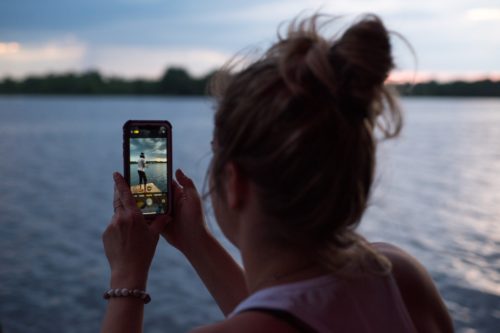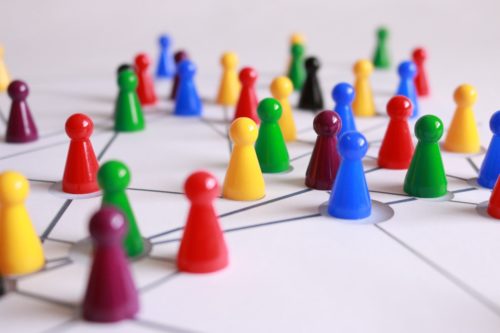5 Mind-Blowing Uses of VR Technology

T hose who have experienced virtual reality (VR) know what a huge leap it is for the world of technology. Not only has it altered our ideas about the limitations of engineering reality but also allowed us to interfere with shared human sensory experiences. The uses of VR technology now help us in creating new technology, accessing unseen physical assets (such as in space), predicting interaction between matter that only exists in theory, and for patient care in medical science.
This, however, is just the tip of the iceberg. Read on to know more.
1. The Automobile Manufacturing Industry
Before ordering pricey prototypes, engineers and designers may quickly experiment with the appearance and construction of a vehicle using virtual reality. VR is already being used by companies like BMW and JLR to do early design and engineering evaluations to evaluate the vehicle's visual design and object obscuration -all before any money is spent on physically building the pieces.
By lowering the number of prototypes generated per product line, VR is saving the automobile industry millions.
2. Virtual Reality in the Military
Virtual reality has been utilized by the military in both the United Kingdom and the United States because it enables them to conduct a wide variety of simulations. Virtual reality is employed by the army, navy, air force, marines, and coast guard.
VR appears to be an effective technique of instruction in a society where technology is accepted from an early age and youngsters are used to video games and computers. For a variety of instructional reasons, VR can transfer a student into a variety of scenarios, locations, and surroundings. Flight simulators, warfare simulations, medic training, vehicle simulation, and virtual boot camp are just a few of the things the military uses it for.
Virtual Reality Exposure Therapy is one of its uses for treating Post-Traumatic Stress Disorder (PTSD) in troops who have returned from battle and require assistance returning to regular living settings (VRET). The decrease in training expenses is a major advantage of adopting virtual reality technology in the military.
3. Collaboration in the Field
Trimble's new Microsoft Hololens 2-based tool integrated with their Trimble Connect software is the greatest new VR (or mixed reality) tool I've seen recently. It enables numerous individuals to participate on a construction project on-site, during real construction, by overlaying blueprints over an incomplete project site.
It's built right into a hardhat! It may also be used during the design process.
4. Outer space
NASA scientists have a difficult task ahead of them: finding life on distant planets. That's why they're relying on cutting-edge virtual-reality technology to manage robots on Mars and create a stress-relieving environment for humans.
Researchers at NASA's Jet Propulsion Laboratory used the Oculus Rift in conjunction with motion-sensing technology from the Kinect 2 sensor and the Xbox One gaming console to operate a robotic arm using the operator's motions.
According to NASA, the system might one day be used to operate rovers or other devices from millions of kilometers away. Researchers were also able to recreate a walk on Mars by adding a Virtuix Omni treadmill to the system, which helped astronauts prepare for a possible human landing.
5. Retail Virtual Reality
Online purchasing is handy, but it often requires us to purchase first and then try it. However, virtual reality allows you to preview furnishings in your own house and test cosmetics on your actual skin. Customers will have a better experience as a result of this, and returns will be reduced.
Retailers can deepen the connection with existing and future consumers by bringing VR to the next level. They may collect data in order to sell and customize each user's buying experience. One such company is Nike, which employs augmented reality. Customers may scan things like shoes or apparel for information, or they can enter a virtual reality environment to experience the many phases in Nike's supply chain to better understand how and where products are manufactured.
IKEA also hopped on board with The Put App, which enables customers to utilize augmented reality and their smartphone camera to place furniture products in their homes and see how they will appear in their environment.
In Summary
In the world of technology, every day we challenge ideas of what we believe in and what we have yet seen in the physical world. The uses and applications of VR technology are growing at a ridiculously fast pace as we see the effect visual stimuli have on the human experience and continue to exploit it for our benefit.








